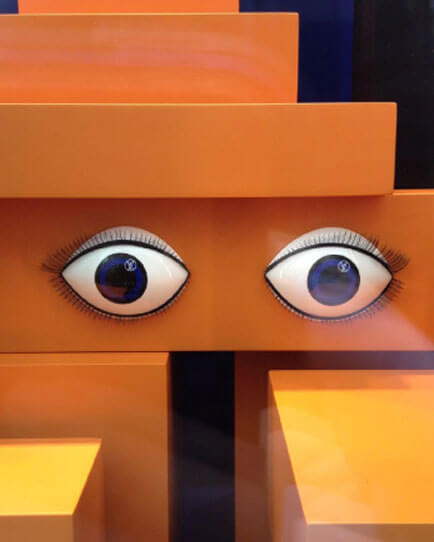Five types
of the smile
Kristalina Georgieva, Christine Lagarde’s successor as the
managing director of the IMF, says in her interview
with the Financial Times: “The tougher life is, the more you smile”.
Kristalina Georgieva, the longtime head of Welt Bank talks about her youth in this interview with the Financial Times(http://bit.ly/InterviewGeorgieva2017). Raised in a relatively privileged household in Bulgaria, the family ran into financial difficulties due to the father’s long illness and early death.
Instead of panicking and despairing, Kristalina Georgieva took a job on the market alongside her studies and excelled in her studies in order to be able to relieve her families financially as soon as possible. This quote seemed so important to the renowned Financial Times that it published it again in a recent interview, shortly before Georgieva’s move from the World Bank to the IMF(http://bit.ly/InterviewGeorgieva2019). This quote also inspired GloriousMe to reflect on the five most common forms of smiles:
The brave smile
There is nothing to add to Kristalina Georgieva’s description, except for the fact that we should all smile much more often, even and especially when we are not in a difficult situation, but with a smile we can become aware of how well we are actually doing. This would also put us in the best company with Arthur Schopenhauer, who said “We seldom think of what we have, but always of what we lack”.
The hiding smile
In many cultures, especially in Asian countries, a possible loss of face is a social disaster. You don’t want to expose yourself to that and therefore prefer to put on a smile.
Even if it looks quite different behind the facade, if one is actually rather frightened or depressed, if one would actually rather say no or shout, the face is adorned with a smile, which should therefore not be misinterpreted, but should always be perceived in the context of social and societal norms, but should under no circumstances be directly questioned.
The appreciative smile
Walking through the streets, the eye falls on someone who stands out in the gray of everyday life. Be it because he or she is dressed in a particularly elegant, original or non-age appropriate way, or for some other reason has a surprising and positive charisma. Don’t rush past, but smile encouragingly at the person.
Everyone is happy to be noticed, and recognition of special care or thoughtfulness is especially good for you. GloriousMe guarantees that you will get back a bright smile yourself and go on from there “with a spring in your step”.
The social smile
To be observed at any time at opera premieres, in concert halls and at horse races. People stride through the corridors of the foyer, gladly in pairs and with weighty steps, but with an absent or simply bored expression on their faces. As soon as you see someone who is socially well-connected, prominent, and/or powerful, the facial expression abruptly transforms into a beaming but purely social smile. A few minutes later, after the honneurs have been exchanged, the face mask falls back into its previously described initial situation.
The conscious smile
We spend long hours at the screen, be it at the desktop, on the cell phone or looking at the navigation system. A good self control is to take a selfie every now and then. Deliberately not in advantageous, posed pose, but quite abruptly. The result is often frightening: our facial expressions look tense, tired and sad, although we do not suspect this, since we are “only” looking highly concentrated at the screens.
The spontaneous selfie holds up a mirror to us and in this way challenges us to simply smile spontaneously. In this way, we not only relax our facial muscles, but at the same time the environment observing us.
Lsmile can be trained
A mirror is also recommended by experts as a simple and effective aid to laughter: Stand in front of the mirror and laugh at yourself. It works. At first, we still feel it a bit tortured and unnatural. We start with a smile, but this only uses about 4 facial muscles, while hearty laughter uses about 17 facial muscles and up to 80 other muscles in the body.
But after a short time our brain switches and we no longer laugh at ourselves but with ourselves and enjoy the positive effects of laughter.
A fountain of health for body and soul
Because laughter is not only a fountain of health for the soul. Similar to deep breathing, laughter provides the brain with more oxygen, stimulates blood flow and makes us think better. Laughter releases the hormones dopamine, serotonin and oxytocin and makes us feel better.
At the same time, laughter helps lower cortisone and adrenaline levels, reducing perceived stress. Laughter relaxes the muscles, relieves pressure and the body gets back into flow.
This also explains why, in situations where we are under very strong emotional pressure, we sometimes laugh even though we feel more like crying. The extreme tension seeks an outlet with the help of laughter. There are many reasons for smiling and even more for laughing – unfortunately, in everyday life we forget it far too often.
Let’s face it, have you smiled or even laughed heartily today? The social smile is not one of them.




